Vilshofen is first mentioned as Vilusa (name of the farm) in 776 when a farm was donated to the Mondsee monastery (Salzkammergut). In the 12th century the name form Vilshouen existed. At that time the bishop of Passau was landlord of the Danube and Vils. In 1206 Vilshofen was raised to town by Count Heinrich I of Ortenburg. In 1220 a bridge over the Vils is already reported, which connects the new city area with the old settlement on the right bank of the Vils (today Vilsvorstadt).
In 1241 Duke Otto II. of Bavaria forcibly took possession of the town after inheritance disputes in the house of Ortenburg and thus made it a border town between the duchy of Bavaria and the prince-bishopric of Passau. The "Vilshofener Zollhaus", which can be found right on the banks of the Danube, still bears witness to this today.
In 1434 the town seal with a raised quadrilateral with angel as shield holder and with the town coat of arms in the semi-circular shield was created. Perhaps one already thought of the airfield, around which the Danube cycle path leads.
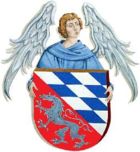
In 1572 Duke Wilhelm V. of Bavaria approved the construction of a salt deposit in Vilshofen, which resulted in the construction of the first Danube bridge and the establishment of a wheat beer brewery in the same year. In 1642 the Capuchin monastery Vilshofen was built. The construction of the town tower was also started, which can still be visited today.
On 12 May 1794 one of the many fires destroyed almost the whole town, only very few houses on the town square remained unscathed. The biggest part of the town square still wears the dress of the reconstruction of that time.
In 1842 a great son of the town of Vilshofen, the master brewer Josef Groll, tapped the first Pilsener beer in Pilsen, Bohemia, and thus went down in history as its inventor. In 1860 the railway line between Regensburg and Passau was opened and connected Vilshofen with the other towns in Eastern Bavaria. 1904/05 the Benedictine Abbey Schweiklberg was founded on a hill above the town. The construction of the abbey church in art nouveau style was started in 1909.
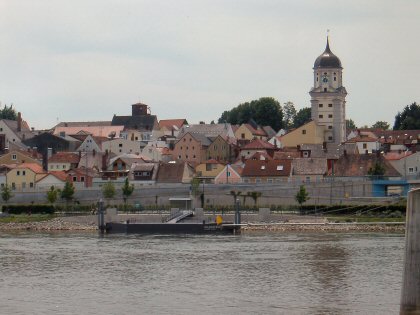
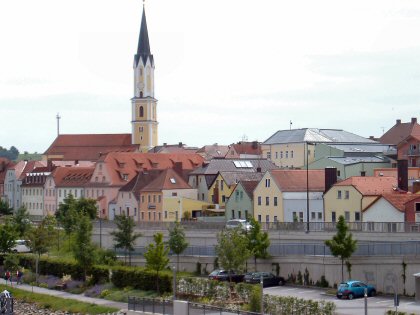
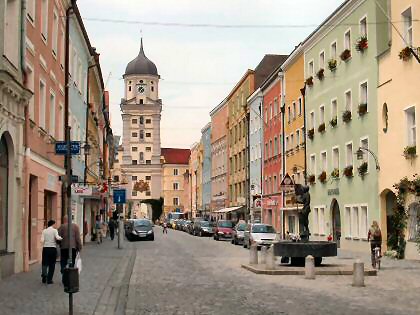
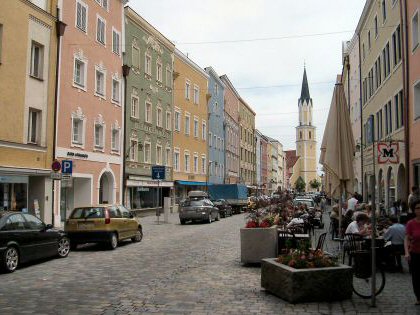


Danube cycle route